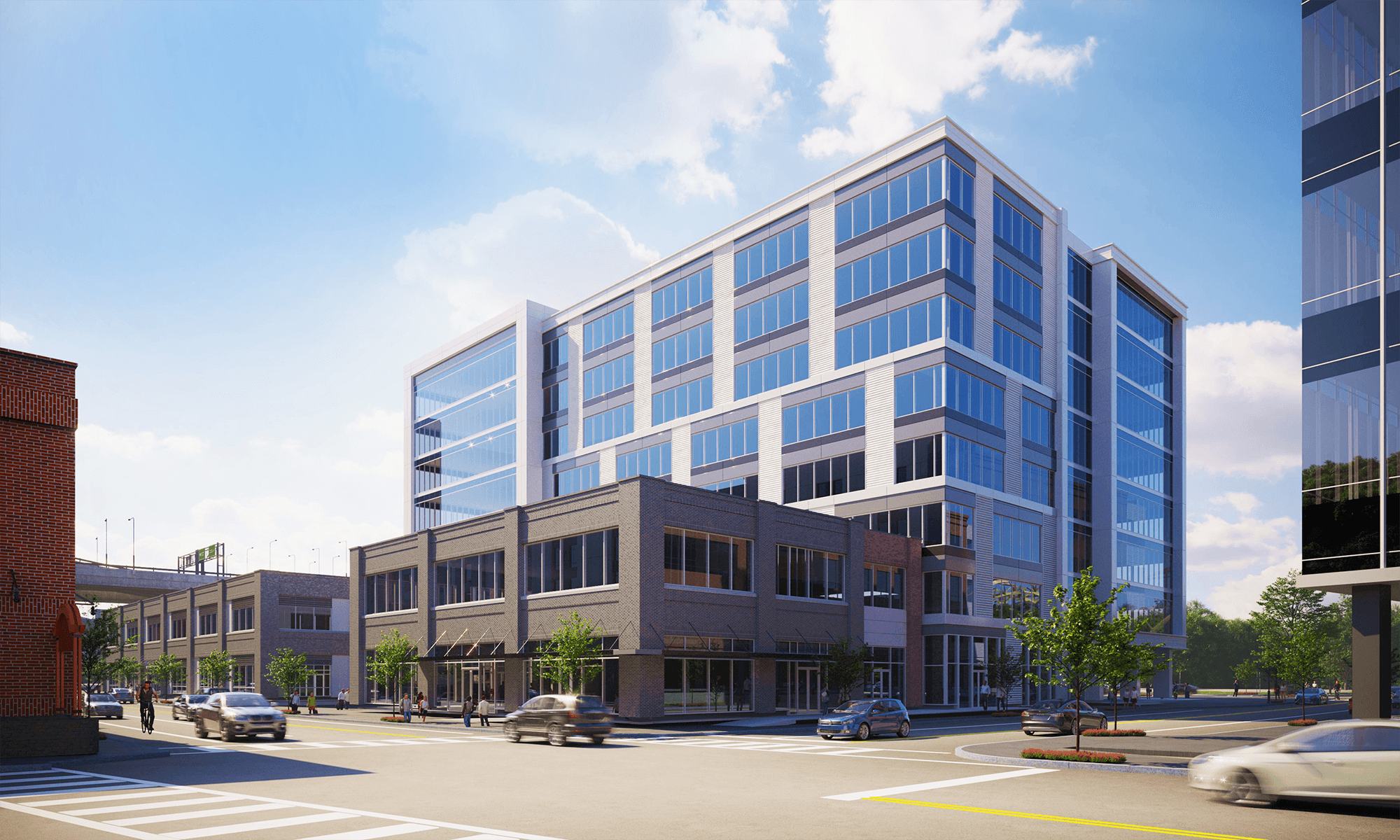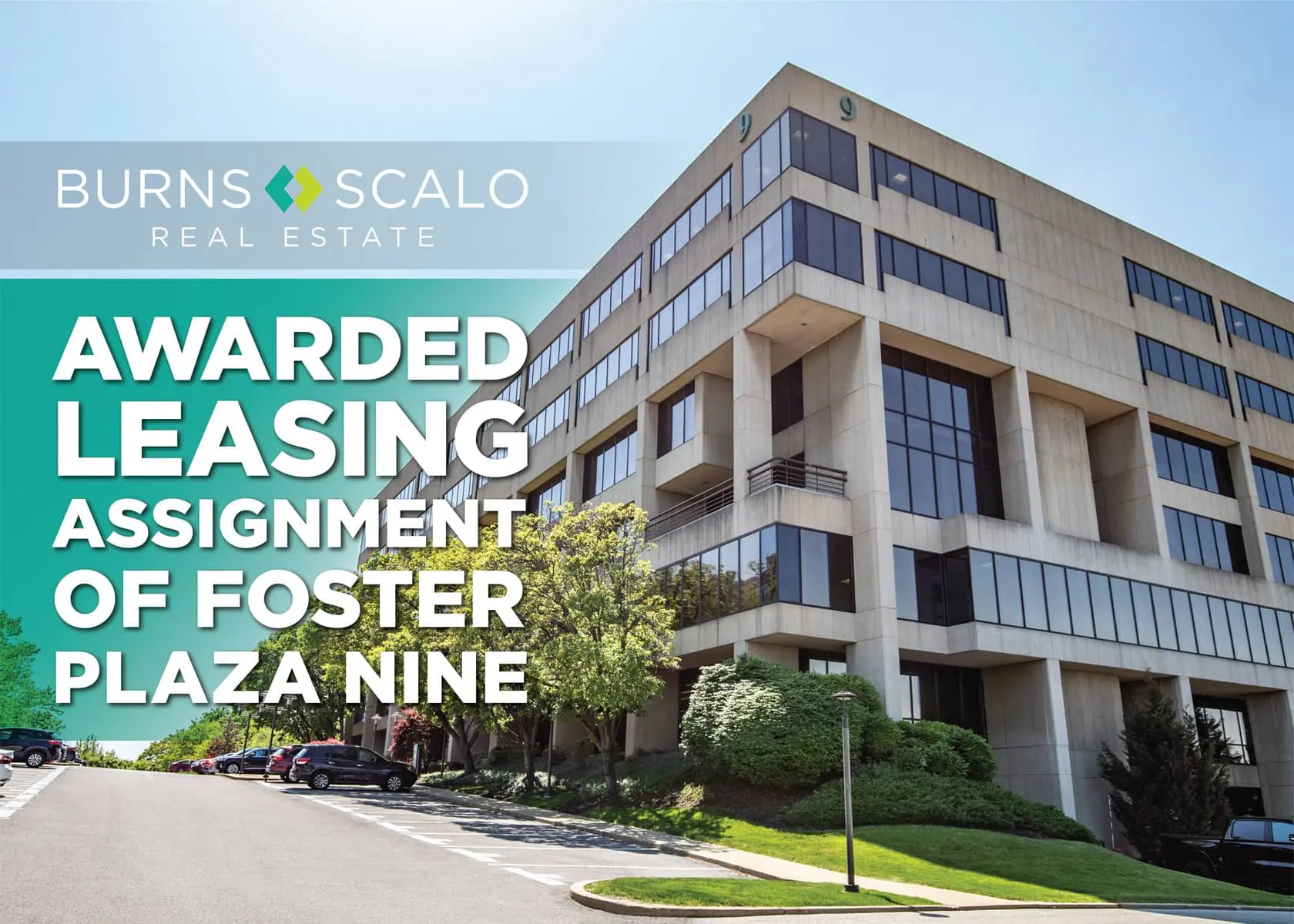The Strip District is being reborn, yet again.
An area of Pittsburgh that once served as a vital shipping center has, in recent generations, been transformed into a shopping and night-life destination. Now it’s changing again, with major developments along the entire corridor converting spaces into apartments, traditional offices and high-tech facilities meant to serve everything from robotics firms to companies creating autonomous vehicles.
In the parlance of the development experts, the Strip District is being redesigned as a place to “live, work and play.”
So much has changed that someone returning to Pittsburgh after a decade’s absence would have trouble recognizing large swaths of the Strip District. On these pages, four people who are playing significant roles in the ongoing transformation of the corridor, also known as Robotics Row, offer their perspectives on what’s happening, what the challenges are and where they see business opportunities.
Matt Cassin, managing principal, Acram Group
Matt Cassin is responsible for one of the most visible development projects in the Strip District: The demolition of the New Federal Cold Storage building, aka the “Wholey building” for its fish icon on its side. In its place, Cassin’s company plans to build a 23-story office building, totaling more than 550,000 square feet of office space, along with structured parking for 880 cars. The building to be demolished occupies much of a block of land and is more than 300,000 square feet in size. Cassin’s Connecticut-based company, Acram Group, was formerly known as JMC Holdings and is focused on the acquisition, development and management of real estate holdings throughout the United States.
What is the most convincing reason that going forward with your 1501 Penn project isn’t too risky?
We think there is pent-up demand for a Trophy Class A office tower in Pittsburgh, and the gateway to the Strip District is the perfect location from an access and tenant desirability standpoint for the building we are developing. From a risk perspective, there is always risk in execution, but we feel we have assembled a great team across every functional discipline in the development process, and we think the finished product will be incredibly well-received and is well-positioned to meet tenants needs in a post-Covid world.
Since the project was approved to go forward, what has been your biggest reason for optimism about the project?
We have remained optimistic since we first pursued the property in 2018 and are even more so today. Obviously the support from ZBA (Pittsburgh Zoning Board of Adjustment) in and of itself solidifies our optimism.
What can the city do to make it easier for developers to move projects forward in the Strip?
I think the process works well and the recent wave of development in the Strip District is a good example of it. The thorough process that the city engages in with developers does help to make better projects, as was the case with us at 1501 Penn Ave.
Pamela Austin, brand ambassador, Burns Scalo Real Estate
Pamela Austin is playing a major role in reshaping development projects in the Strip District. She was named brand ambassador for Burns Scalo Real Estate last summer and will oversee Burns Scalo’s Vision on Fifteenth redevelopment on Smallman Street. Before taking that position, she was responsible for development of the Strip District Terminal along five blocks of Smallman and 1600 Smallman across the street. A Strip District resident, Austin is also president and a member of the board of directors of the Strip District Neighbors community organization.
What are the biggest changes to the neighborhood you’ve experienced as a resident of the Strip?
The sheer amount of footfall on the streets. McCaffery’s development of the Cork Factory was a great catalyst to the area. I moved to Pittsburgh seven years ago and while living at the Cork Factory, 3 Crossings happened and stretched activity further east on Railroad. I now live at 2500 Smallman and the addition of Kingfly and Cinderlands has created added pedestrian activity down Smallman Street. This trend is going to continue with all of the residential projects that are under construction and planned in the upper part of the Strip.
How risky have you found it for Burns Scalo to break ground on its new office project on a speculative basis during the pandemic?
Well, “spec” is a four letter word! It is inherently more risky, but our spec program has been very successful. What we pulled off recently with Boardwalk I and II with ConnectiveRx in North Fayette Township proves that. Burns Scalo recognizes that we have to build through the cycles. We are long-term investors and market makers. Development takes three years, so you have to constantly be looking with a longer time horizon. We understand that Covid has forced companies to assess how they want to operate and how that impacts their office needs.
What are the biggest challenges you face working in the Strip District?
I am going to answer this one as the president of Strip District Neighbors. … Balancing the old and the new is a challenge. Everyone loves the funky nature of the Penn Avenue corridor. How can we keep our authenticity while adding all of the new developments? Our aging utility infrastructure is showing, and there have a been a rash of gas main breaks, sink holes and water main breaks that need to be addressed. Trying to improve pedestrian walkability and add open space in an area that was once all industrial with rail sidings and zero lot lines also poses challenges.
David Heaton, president and CEO, The Buncher Co.
David Heaton took over late last year as president and CEO of The Buncher Co., one of the biggest property owners in the Strip District, but he already had extensive experience with development projects in the Strip prior to his current position. During his 20-year-career at Oxford Development Co., he played a key role in the development of the 3 Crossings mixed-use project. As Buncher’s CEO, Heaton directs the company’s extensive portfolio in the Strip District, which includes Penn Liberty Plaza, Liberty Technology Center and other properties.
Are you taking the company in any new directions?
Not necessarily new, but as we add, I would like to increase diversification with (more) office, multifamily or flex office in addition to industrial properties. We have a great platform for growth. We do not need to make any big changes. I just want to gradually change our path, and I have some ideas that I think can bring us success as we move forward. Our goal is to expand and increase distributions to our nonprofit shareholders.
What do you see as the biggest opportunity for Buncher’s various properties in the Strip District?
Pre-pandemic, we were successful on several fronts with office, hospitality and most recently multifamily and townhomes. I am confident the Strip District as an Innovation District, along with the corresponding housing and retail, will continue to prosper in a post-Covid world. The expediency of this development is the question.
The biggest challenges?
I think the biggest challenge for the area in general is parking. As new development occurs, there is an increase in demand and a decrease in supply. Providing this infrastructure is both difficult to predict and to fund. Specific to Buncher, our biggest challenge is upgrading some older office properties to post-Covid standards or to redevelop them for a different market demand. We are developing plans to do both, and we look forward to presenting them to the market this year.
Why do you think the Strip District has become so successful in recent years?
In general, it followed the national trend of employers and employees gravitating to the urban core and surrounding areas for a live, work and play community. The Strip in particular has thrived because it has been able to maintain its authentic character with local merchants while also becoming an Innovation District for technology companies with office and multifamily properties with modern amenities. We have many pad-ready sites, and we are confident there is much more development to come.
Marty LaMar plays a pivotal part in the development of the Strip District in his role of chief economic development officer for the City of Pittsburgh. He has strategic oversight of both the Housing Authority of the City of Pittsburgh and the Urban Redevelopment Authority of Pittsburgh, as well as the city’s Planning and Permits, Licenses and Inspections departments. Prior to his current role, which he started in January 2020, he served as regional vice president of McCormack Baron Salazar, a developer of economically integrated urban neighborhoods based in St. Louis.
What’s the most important role for the city in guiding the development that’s happening now?
It’s making sure that the development is balanced. You’ve got Smallman Street, which has a lot of retail and hospitality, along with some office space. Then you’ve got Liberty, which has an industrial feel to it. You’ve got Penn, which has some retail, and Railroad, which has some residential. We want to make sure it’s balanced and there’s no overload to ensure it’s got a flow. If you don’t do it right, you tend to box the travel patterns. Transportation is already an issue in the Strip District, and it can become an even bigger issue when development isn’t done correctly.
Where does the city stand in moving some of its operations that are now in the Strip and freeing up the various properties for new development?
There are a lot of great parcels that ultimately have to be cleared. It’s a work in progress. Not a heck of a lot has been done just yet, but plans are in the works. We know that public works is going to move from the Strip to Lincoln-Lemington. It hasn’t taken flight yet, but the plans are being discussed, and it’s definitely on the horizon.
What’s one thing developers could do to make sure their projects in the Strip are successful?
They have to be adaptable to the traffic patterns. It’s got great appeal, but it’s a confined area. We also have to ensure the concept works within the Strip District’s development pattern and scheme. There shouldn’t be anything that’s going to create problems for the area because it’s so narrow.
Have you developed any approaches that will make it easier for developers to do their job in the Strip District?
We’re trying to streamline the process for obtaining permits and going through the planning process. We’re also working to ensure the vision for all developers, including those based in Pittsburgh and those not, clearly understand how transformative this particular area is for the city.




